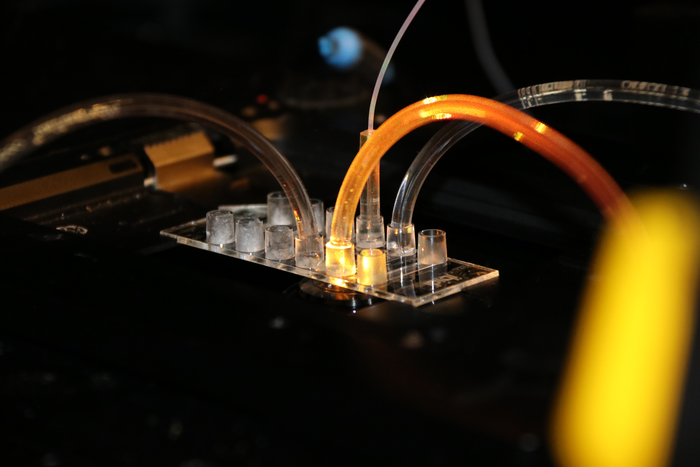According to the University of Southern Denmark (SDU), a new tool developed in Denmark has enabled more than 40,000 different molecules to be synthesized and analyzed within an area smaller than a pinhead. The method, which works by using soap-like bubbles as nano-containers, is set to drastically reduce the amounts of material, energy, and economic cost for pharmaceutical companies by allowing them to speed up their processes by more than one million times.

“The technology uses DNA-barcodes similar to barcodes found on all consumer products to follow the identity of all compounds, reagents, and chemical reactions carried out in parallel in thousands of ultra-small nanoreactors,” said SDU team leader Stefan Vogel, Associate Professor at the Department of Physics, Chemistry, and Pharmacy.
Head of the team, Nikos Hatzakis, Associate Professor at the Department of Chemistry, University of Copenhagen compared the reduction in resources to using one liter of water and one kilogram of material instead of the entire volumes of water in all oceans to test material corresponding to the entire mass of Mount Everest.

“No single element in our solution is completely new, but they have never been combined so seamlessly,” further explained Nikos Hatzakis.
The researchers have guessed that both industry and academic groups involved in the synthesis of long molecules such as polymers could be among the first to adopt the method.


